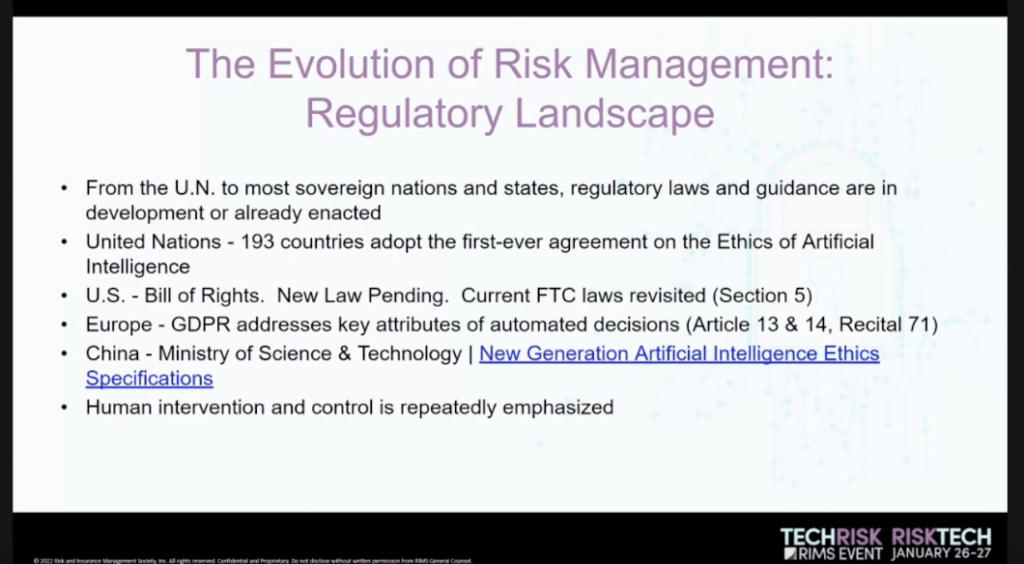Since Russia began attacking Ukraine on February 24, thousands of people have been killed and over a million people have had to flee their homes, presenting one of the largest refugee crises Europe has ever experienced. In addition to the tragic human losses, the Russian invasion of Ukraine has triggered wide-ranging economic impacts. Among them, the European Union, United Kingdom, United States, Canada, Japan and others have enacted sweeping financial sanctions on Russia in an effort to pressure President Vladimir Putin to end the conflict. These sanctions have targeted Russia’s financial system and its international financial connections by restricting transactions between Russian banks and those in other countries, most notably through the SWIFT global financial network.
The economic impacts of these sanctions will likely affect many industries around the world, whether organizations deal with Russia directly or indirectly through third countries. In a briefing yesterday, global risk consultancy Control Risks discussed some of the risk management considerations and steps companies need to take as the sanctions landscape continues to evolve. According to panelist Henry Smith, partner and head of business intelligence and due diligence in EMEA at Control Risks, there are five key areas risk professionals should focus on to address the risk facing their companies as a result of these sanctions:
- What are your nexuses to Russia (including outside Russia)? Organizations need to look at their touchpoints with Russia, including investors and shareholders, lenders and banks, direct and indirect clients, contractual counterparties, and goods and services sourced directly or indirectly from Russia.
- Which sanctions apply to your organization?online pharmacy azithromycin with best prices today in the USA
The applicability of sanctions will vary based on your sector, the nationality of the people within the organization, and the currencies you use. It is helpful to note that, currently, there is greater consensus among various sanctions regimes so you may not have to parse through conflicting degrees of severity—consistent sanctions against Russia are being imposed, at least across most Western countries. - What risks are you exposed to? Conduct a risk assessment around which sanctions you are exposed to and whether there are any business activities, relationships or practices you need to end or change in some way. This involves regularly screening Russian counterparties against sanctions lists and undertaking detailed analysis of higher-risk relationships.
- How do you respond? Review the implications of any decisions on employees and on contractual obligations, both with direct and third-party clients. Consider any impact winding down activities in one area may have on other business areas. Be sure to engage with regulators, enforcement agencies, banks and insurers for guidance.online pharmacy periactin with best prices today in the USA
- What do you do as sanctions regimes evolve? Sanctions will change in response to security and political developments over the coming weeks and months, so it is important to stay informed of any communications from authorities.online pharmacy reglan with best prices today in the USA
Review and read guidance from regulators, enforcement agencies, banks and insurers, and benchmark with industry peers to make sure you can still operate effectively.
Overall, when deciding whether to continue doing business with Russia, companies will need to consider both reputational and ESG-based perspectives as well as practical issues around your ability to do business, such as maintaining the working capital required to continue operations and ensuring that goods and services can still move through the supply chain.
Experts expect that the Russia-Ukraine crisis will have a long-term impact on the global economy and many effects of these sanctions may not be felt for weeks or months. Companies will need to remain vigilant in order to stay ahead of the risks.

